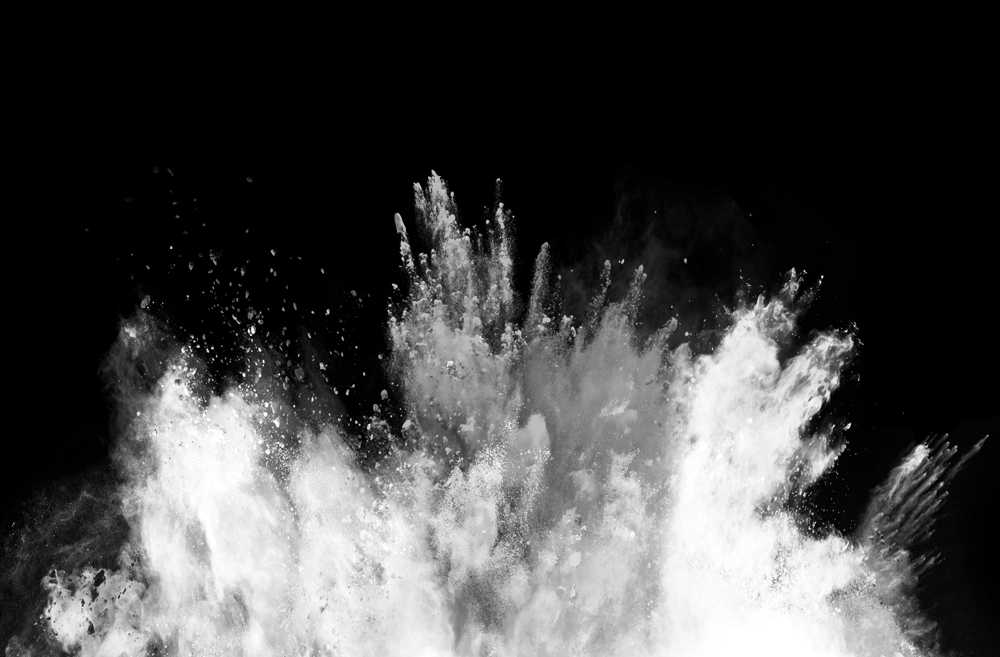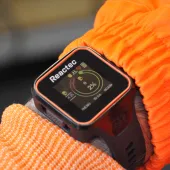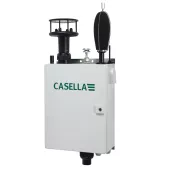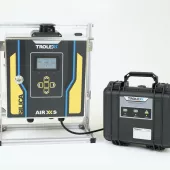Silica Dust – The Silent Killer

First published in the October 2018 issue of Quarry Management
By Tim Turney, technical product manager, Casella
Dust exposure is one of the main health risks from working in quarries and mines. Fine dust containing crystalline silica, the most common form being quartz, can be produced very quickly as the result of the use of fast-running plant and machinery. Exposure to silica dust, which is virtually invisible to the human eye and can emanate from almost all kinds of rocks, sands, clays, shales and gravels, can lead to chronic lung diseases such as silicosis.
In accordance with the Control of Substances Hazardous to Health Regulations 2002 (COSHH), it is mandatory for all employers to assess and implement measures to protect workers against dust exposure. Workers need only be exposed to a very small amount before it has the potential to become hazardous to health and may lead to respiratory conditions that can prove fatal.
Annually, there are an estimated 13,000 deaths linked to past exposure at work, primarily to chemicals and dust. In order to control exposure and protect workers, it is important to monitor the level of exposure and ensure adequate control measures are introduced.
In control
Historically, methods of monitoring dust exposure began with the use of background samplers. In the 1950s and 60s, following a report from the UK Atomic Energy Authority that highlighted the inability of this system to truly measure individual exposure, the concept of personal monitoring began.
In a further bid to enhance methods of monitoring dust exposure and improve workplace regulations through solutions, the UK Respiratory Dust Regulations were replaced in the 1980s by the prominent Control of Substances Hazardous to Health Regulations (COSHH), which stipulated frequent reviews of technology, inspection, accurate reporting arrangements and mine operators to report hazardous risks.
Made to measure
Personal sampling pumps exist to measure an individual’s exposures to a variety of substances, including dust. It is important that the pumps are used with the correct sampling head and, in the case of respirable dust, a cyclone and filter to collect the particulate. This allows for additional investigations, if necessary, at a testing laboratory, including the measurement of silica content within the dust. This will provide the industry with further knowledge that will help change working habits whenever dust levels exceed the limits.
As the filter loads, modern pumps sense the change in pressure and work harder to maintain the flow rate. If personal sampling pumps do not deliver a constant flow rate, sample accuracy will be limited. Over time, improvements have been made to different elements of personal sampling pumps. Battery technology, back-pressure capability, accurate flow control, minimized pulsation, data download and the ability to make them intrinsically safe are have all been improved, ensuring the measurement of an individual’s exposure to harmful substances is as accurate as possible. Understanding the factors that allow a personal sampling pump to operate effectively will allow employers to choose the most effective device to suit their particular working environment.
Standards
The latest International Organization for Standardization ISO 13137, which covers the recognized standard for personal sampling pumps, stipulates that personal sampling devices in the mining industry must achieve a stable flow within 5% and keep pulsation less than 10%. Casella have recently launched the Flow Detective, which not only measures flow, but is also said to be the first air-sampling pump calibrator on the market with the ability to measure pulsation, indicating if the air flow pulsation exceeds 10%. Excessive pulsation means an unsteady flow and will have a detrimental effect on the ability of air samplers to collect the correct fraction of respirable dust, thus reducing the accuracy of air sampling.
Bridging the gap
Employee health must remain a priority and a core component of any workplace health and safety management system. Likewise, monitoring must continue to evolve in accordance with changing production methods, and the industry is already moving in a positive direction.
In addition, education and training that raises workers’ awareness of the risks of dust exposure is integral in ensuring that they understand how to prioritize and protect their health.
For more information about air sampling, monitoring and calibration solutions visit: www.casellasolutions.com
- Subscribe to Quarry Management, the monthly journal for the mineral products industry, to read articles before they appear on Agg-Net.com








